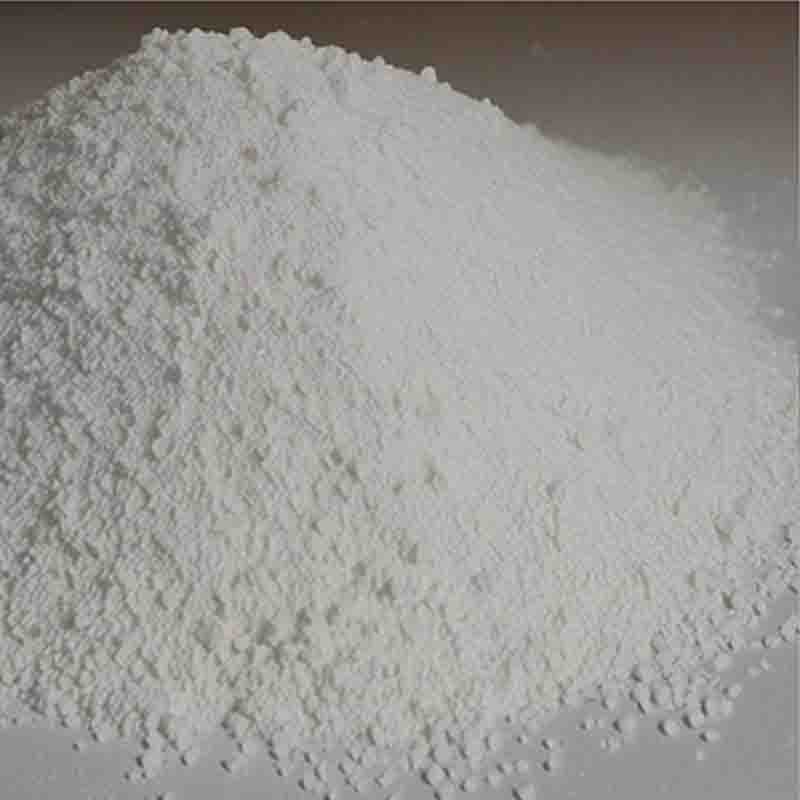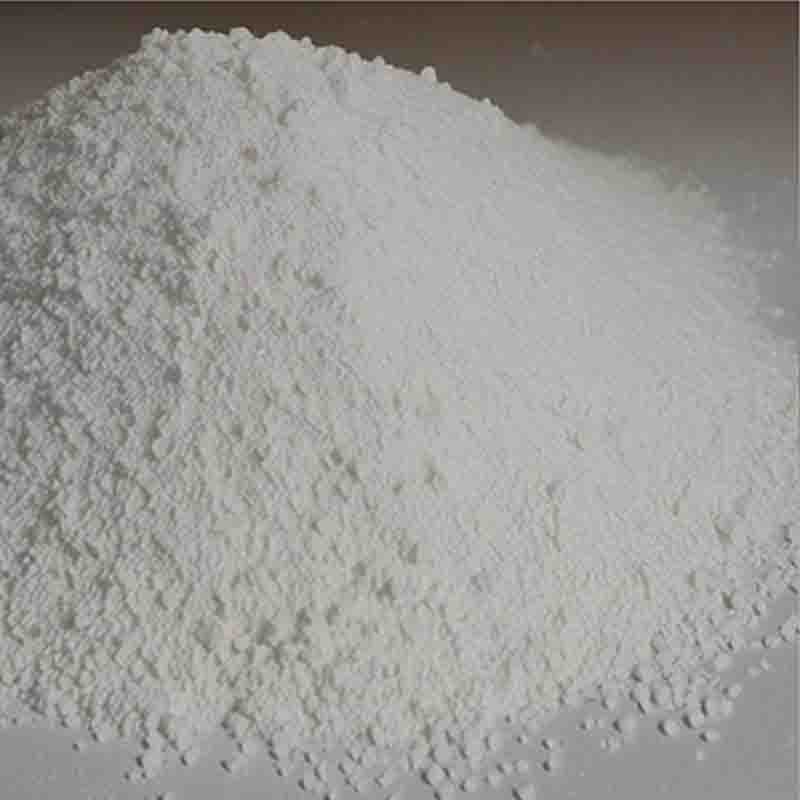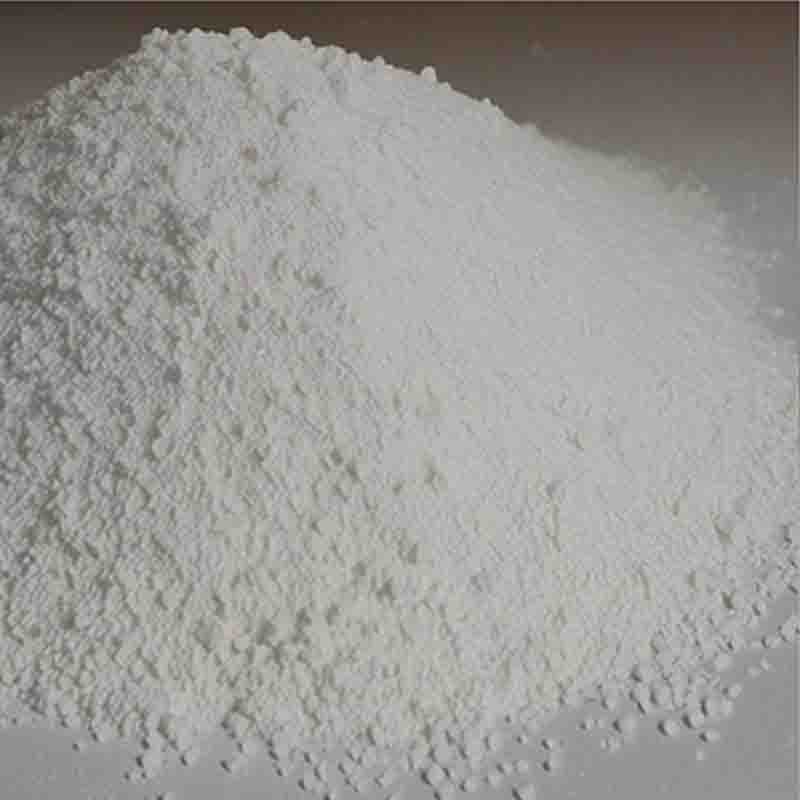bifenthrin CAS:82657-04-3
| Catalog Number | XD96405 |
| Product Name | bifenthrin |
| CAS | 82657-04-3 |
| Molecular Formula | C23H22ClF3O2 |
| Molecular Weight | 422.87 |
| Storage Details | Ambient |
Product Specification
| Appearance | White powder |
| Assay | 99% min |
Bifenthrin is a widely used synthetic pyrethroid insecticide that is highly effective at controlling a range of pests. It has several effects and benefits in pest management.One of the primary effects of bifenthrin is its ability to disrupt the nervous system of insects. It targets the voltage-gated sodium channels, which are crucial for transmitting nerve impulses. Bifenthrin binds to these channels, causing prolonged and repetitive nerve firing in the insect's body. This disruption ultimately leads to paralysis and death of the targeted pests, such as mosquitoes, termites, ants, and various agricultural pests.Bifenthrin exhibits both contact and ingestion toxicity. When insects come into direct contact with surfaces treated with bifenthrin, it adheres to their cuticles and penetrates their bodies, leading to its toxic effects. Additionally, insects can also be affected by ingesting plants treated with bifenthrin, causing the insecticide to disrupt their nervous system internally.Bifenthrin is known for its residual activity, meaning it remains effective for an extended period after application. It binds tightly to surfaces, forming a protective barrier that persists for weeks or even months, depending on environmental conditions. This long-lasting effect makes it an excellent choice for controlling pests outdoors, such as in lawns, gardens, and agricultural fields, where continuous protection is necessary.Furthermore, bifenthrin is relatively safe for mammals when used according to the recommended guidelines. It has a low mammalian toxicity and breaks down relatively quickly in the environment, reducing the risk of bioaccumulation. However, as with any pesticide, it is still important to follow proper handling, application, and disposal practices to minimize potential risks to humans and non-target organisms.It is worth noting that while bifenthrin is highly effective against a wide range of pests, it can also harm beneficial insects and pollinators if not used judiciously. Therefore, it is crucial to practice integrated pest management (IPM) strategies to minimize overall environmental impact and preserve the balance of ecosystems.In conclusion, bifenthrin is a potent insecticide that effectively controls pests by disrupting their nervous system. It offers residual activity, allowing for long-lasting pest control. When used correctly, it can be safe for mammals and has a relatively low impact on the environment. However, it is important to use bifenthrin responsibly and follow recommended guidelines to minimize risks to non-target organisms and preserve ecosystems.




![3-[(3-AMINO-4-METHYLAMINO-BENZOYL)-PYRIDIN-2-YL-AMINO]-PROPIONIC ACID ETHYL ESTER CAS: 212322-56-0](https://cdn.globalso.com/xdbiochems/白色粉末1219.jpg)
![4-[[(4-Fluorophenyl)imino]methyl]-phenol CAS: 3382-63-6](https://cdn.globalso.com/xdbiochems/白色粉末2302.jpg)



